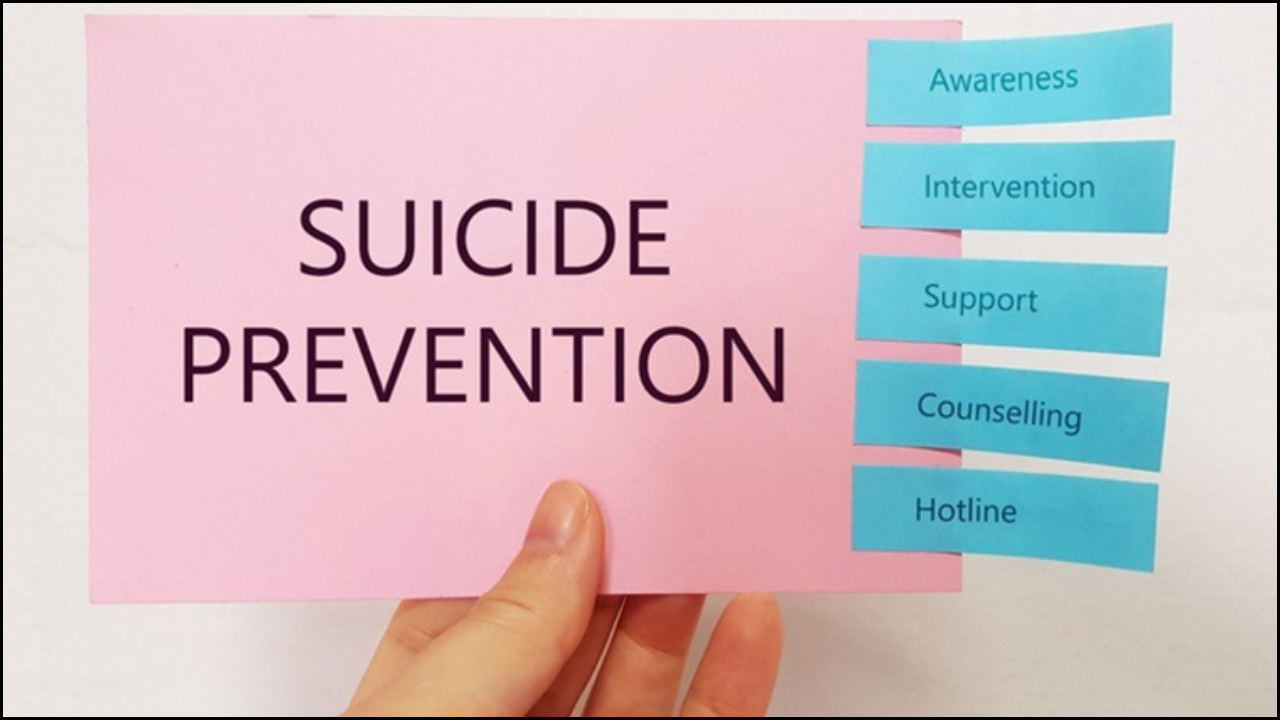
Nonprofits like Service CC play a critical role in suicide prevention, providing counseling, crisis intervention, awareness campaigns, and community support. Financial stability and sustainable funding are essential to ensure these organizations continue to serve vulnerable populations. Funding for suicide prevention nonprofits involves a mix of grants, donations, partnerships, and government support, while sustainability requires strategic planning, diversified income streams, and consistent community engagement. Understanding how these elements work together can help nonprofits maintain long-term impact.
Table of Contents
Key Funding Sources for Nonprofits in Suicide Prevention
- Government Grants: Federal, state, and local governments often provide grants specifically for mental health services and suicide prevention initiatives. These grants may support operational costs, program development, or community outreach campaigns.
- Private Donations: Individual donors contribute through one-time gifts, recurring donations, or crowdfunding campaigns. Engaging donors with compelling stories and outcomes helps maintain consistent support.
- Corporate Sponsorships: Partnerships with corporations can offer both financial support and in-kind resources such as marketing, volunteer engagement, or event sponsorship.
- Foundation Grants: Private and family foundations often provide grants for specific programs or organizational capacity building. Foundations prioritize nonprofits with measurable outcomes and effective use of funds.
- Fundraising Events: Nonprofits organize charity runs, gala dinners, and awareness campaigns to raise funds and engage the community.
- Membership Programs: Subscription-based or membership-driven donations allow supporters to contribute regularly while receiving updates, newsletters, or exclusive resources.
Strategies for Sustainable Funding
- Diversification of Income Streams: Relying on multiple funding sources reduces vulnerability to fluctuations in any single revenue stream.
- Long-Term Partnerships: Establishing partnerships with governments, healthcare institutions, and corporations ensures steady support and program collaboration.
- Outcome-Based Funding: Demonstrating measurable results, such as reduced suicide rates or increased community awareness, attracts funders interested in effective programs.
- Endowment Funds: Building an endowment ensures long-term financial security, allowing nonprofits to fund core operations even during funding gaps.
- Volunteer Engagement: Reducing staffing costs through volunteer programs enhances sustainability while strengthening community involvement.
Budget Allocation in Suicide Prevention Nonprofits
Nonprofits must strategically allocate funding to maximize impact. Key areas include staffing, program implementation, training, research, and outreach. A well-structured budget ensures transparency and accountability.
| Category | Purpose | Percentage of Budget |
|---|---|---|
| Staffing and Salaries | Hiring counselors, coordinators, and administrative staff | 40% |
| Program Development | Crisis helplines, support groups, and educational campaigns | 25% |
| Training and Professional Development | Workshops for staff and volunteers | 10% |
| Research and Evaluation | Collecting data to measure program effectiveness | 10% |
| Outreach and Community Engagement | Awareness campaigns, social media, events | 10% |
| Administrative Costs | Office rent, utilities, software, and technology | 5% |
Challenges in Funding and Sustainability
- Funding Fluctuations: Grants and donations can vary annually, affecting operational stability.
- High Program Costs: Mental health services require trained professionals, which can be expensive.
- Competition for Resources: Many nonprofits vie for limited funding from similar sources.
- Donor Retention: Maintaining long-term donor relationships is crucial to avoid revenue gaps.
- Regulatory Compliance: Adhering to government and foundation reporting requirements can be time-consuming.
Innovative Funding Approaches
- Social Enterprise Models: Generating revenue through services, products, or consulting related to mental health.
- Digital Fundraising Platforms: Using online tools to reach global audiences and simplify donation processes.
- Collaborative Grants: Partnering with other nonprofits or agencies to apply for larger grants.
- Micro-Donations: Encouraging small, recurring contributions through apps or online platforms.
Impact Measurement for Sustainability
Nonprofits like Service CC must demonstrate their effectiveness to secure funding.
| Metric | Description | Importance |
|---|---|---|
| Number of Individuals Served | Total clients receiving support | Shows the reach of programs |
| Crisis Intervention Success Rate | Cases successfully managed through helplines or counseling | Demonstrates efficacy |
| Community Awareness Initiatives | Workshops, campaigns, and events were conducted | Indicates preventive impact |
| Volunteer Engagement Levels | Number of volunteers and hours contributed | Reflects community involvement |
| Fund Utilization Efficiency | Percentage of funds spent directly on programs | Builds donor confidence |
Best Practices for Sustainable Nonprofits
- Regular Financial Audits: Transparency builds trust among donors and funders.
- Strategic Planning: Clear short-term and long-term goals guide funding allocation.
- Community Involvement: Engaging local communities strengthens support networks.
- Capacity Building: Investing in staff skills and technology improves service delivery.
- Communication and Reporting: Regular updates to funders and stakeholders maintain credibility.
Conclusion
Financial stability and sustainability are critical for nonprofits like Service CC to continue providing essential suicide prevention services. Funding through diverse sources, careful budget management, innovative approaches, and consistent impact measurement ensure that these organizations can respond to community needs effectively. Sustainability is achieved not just through financial resources but also through partnerships, community engagement, and strategic planning, ensuring that mental health support remains accessible to those who need it most.





